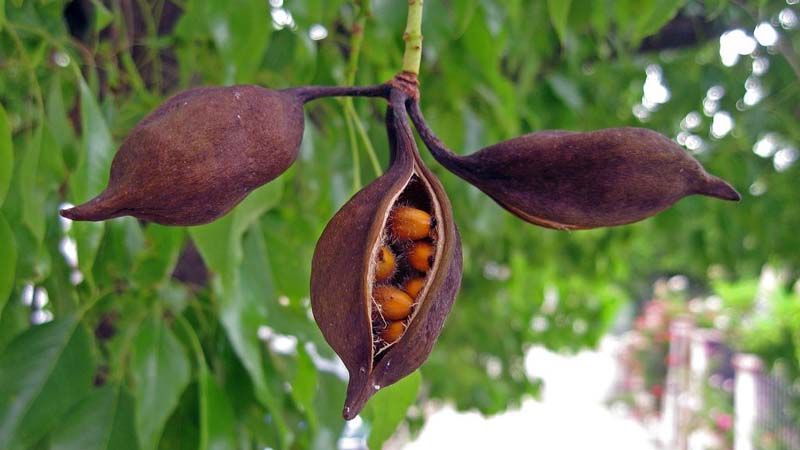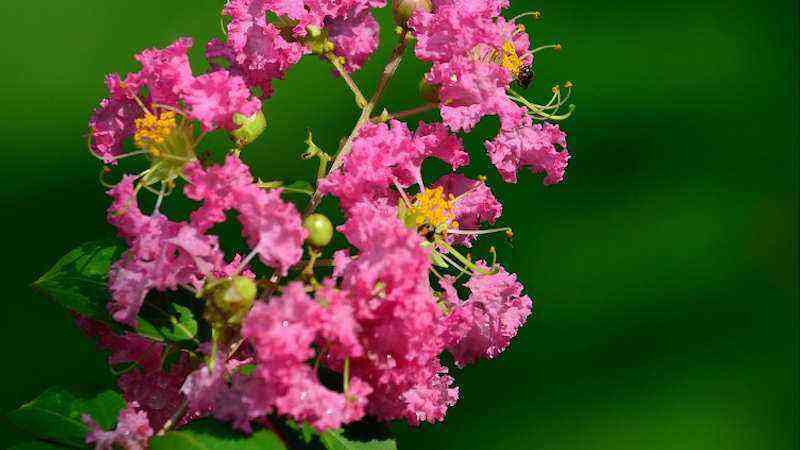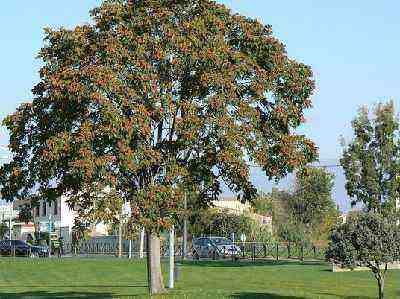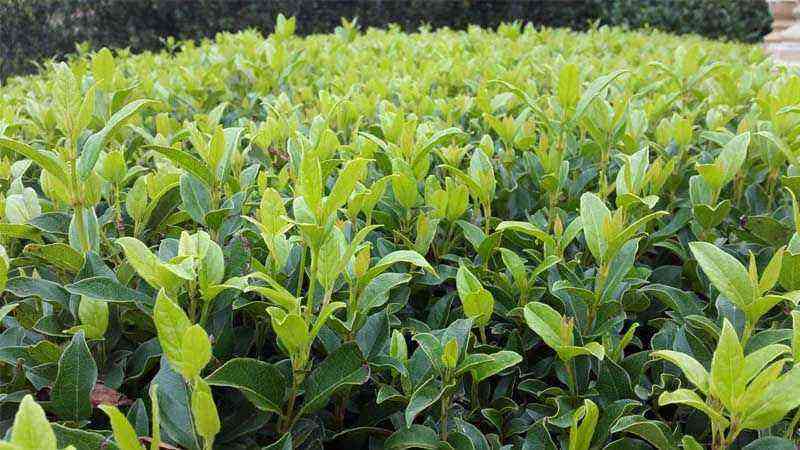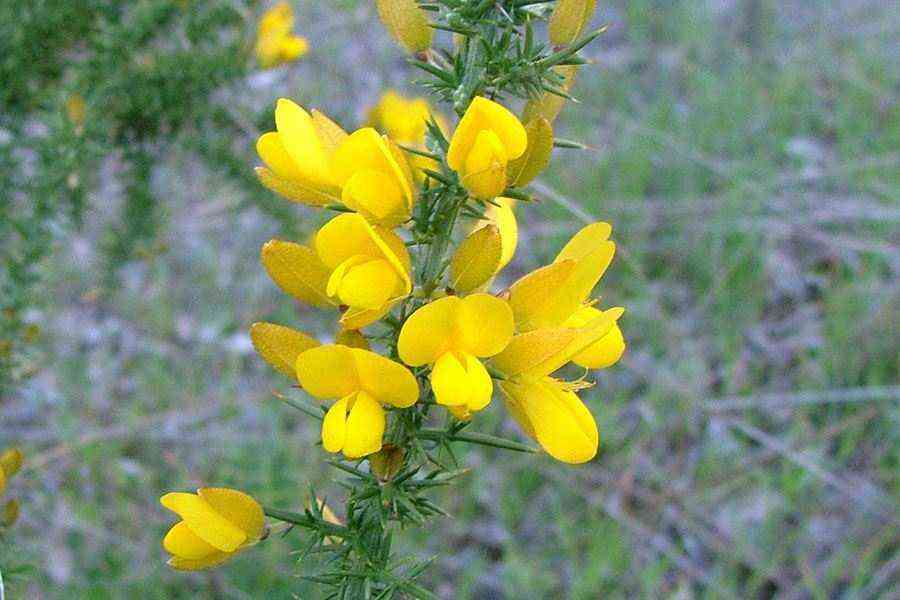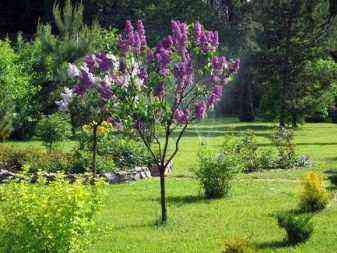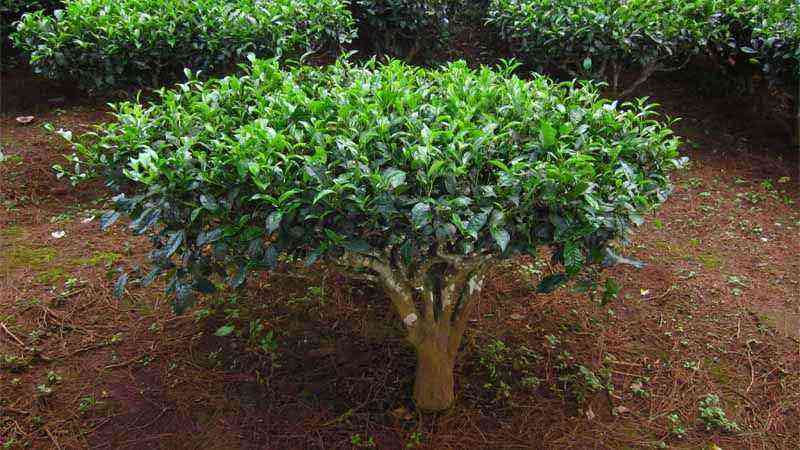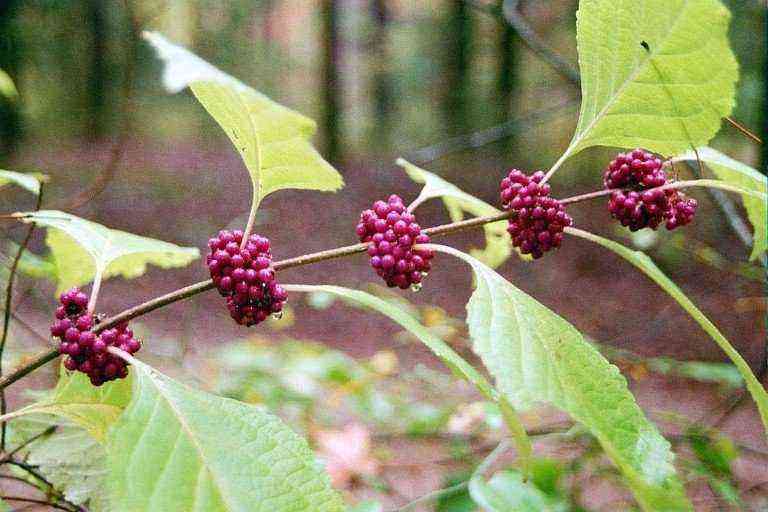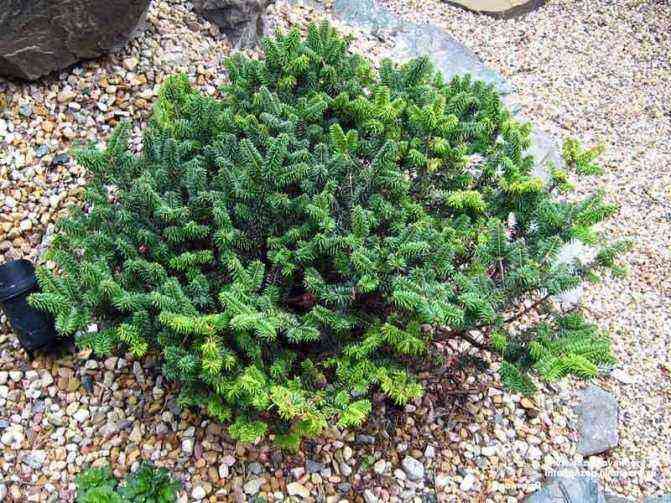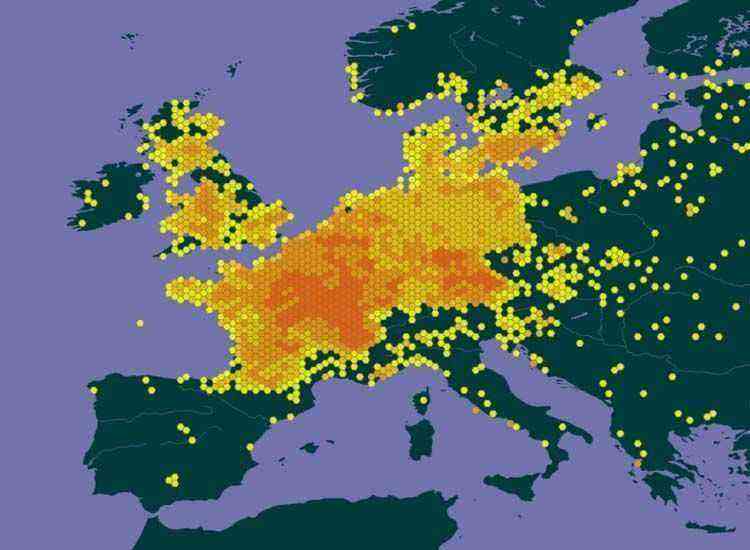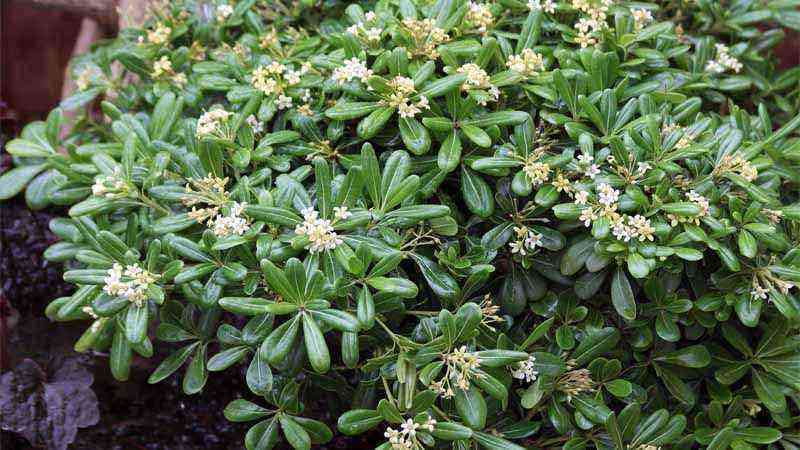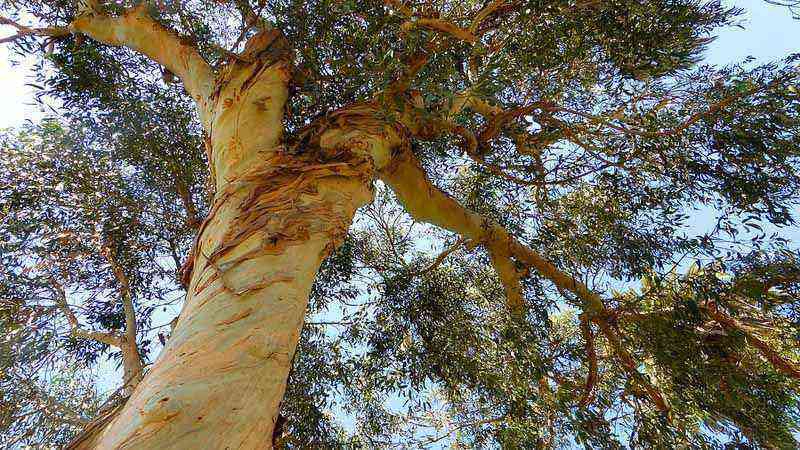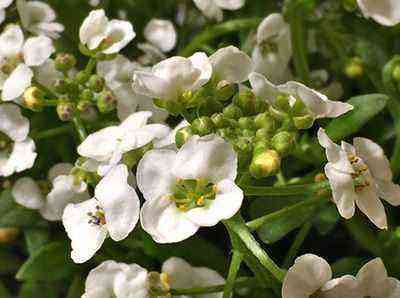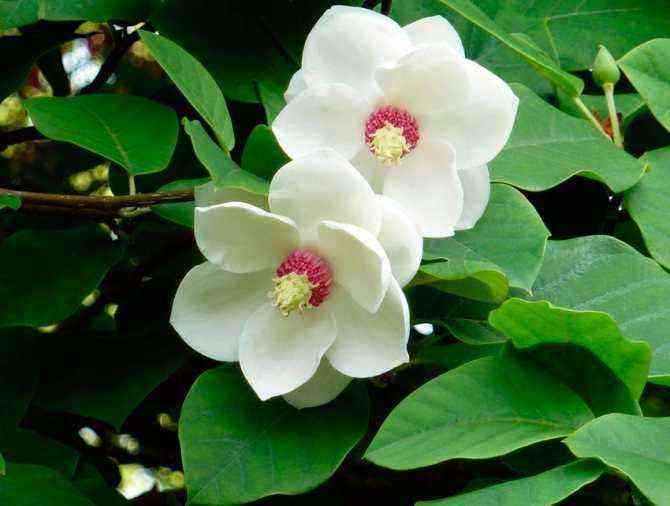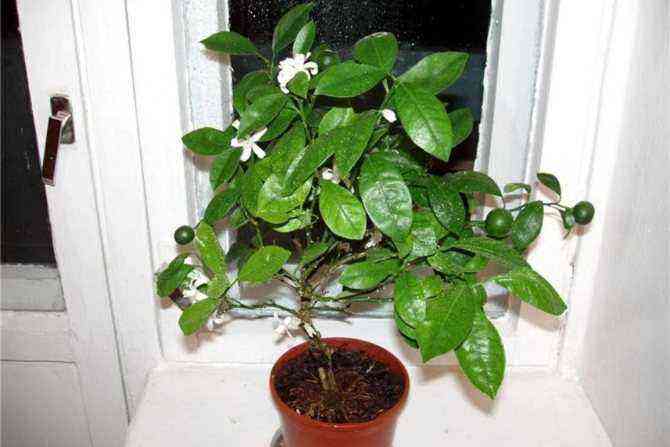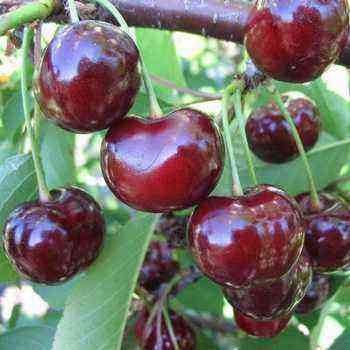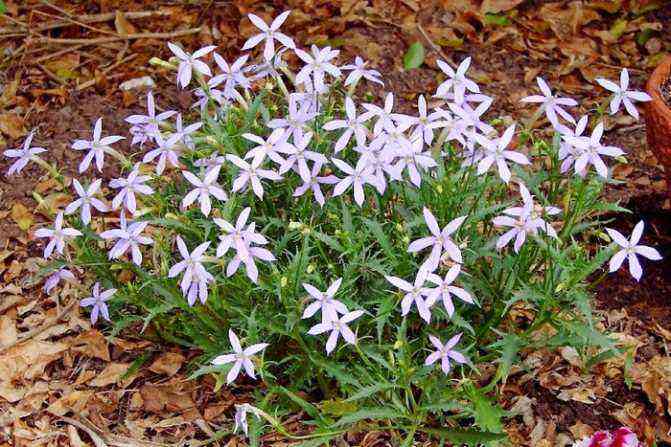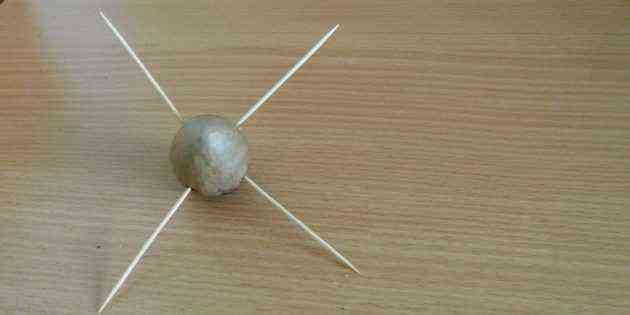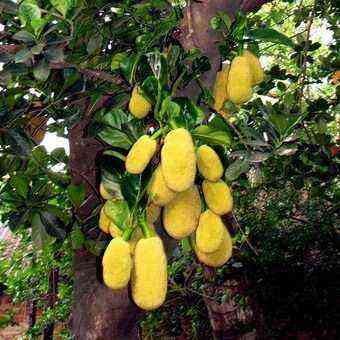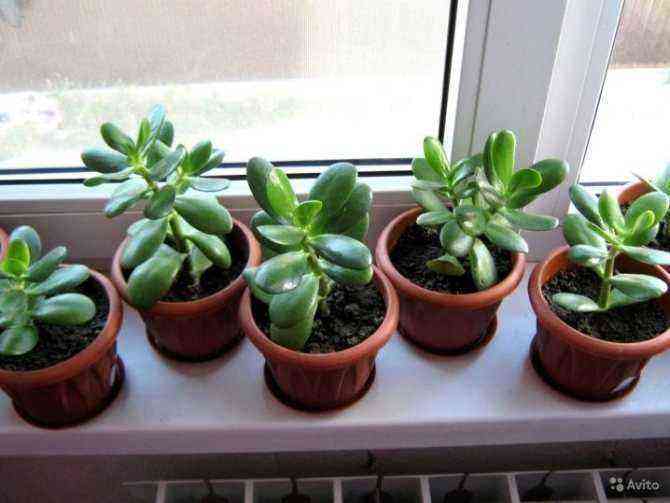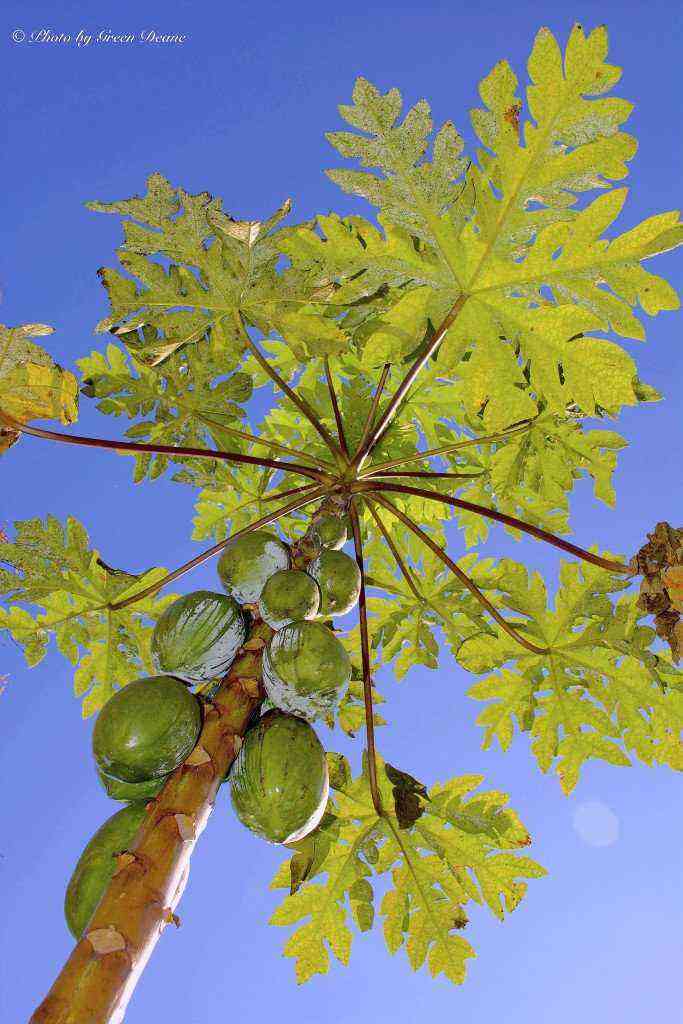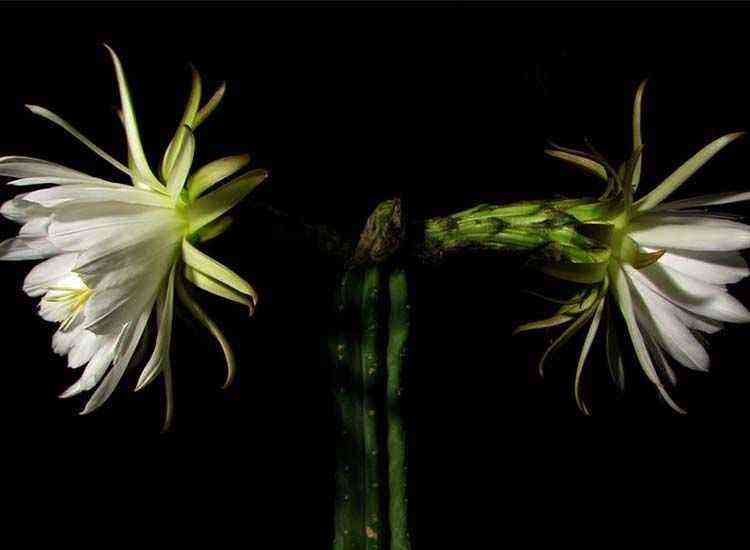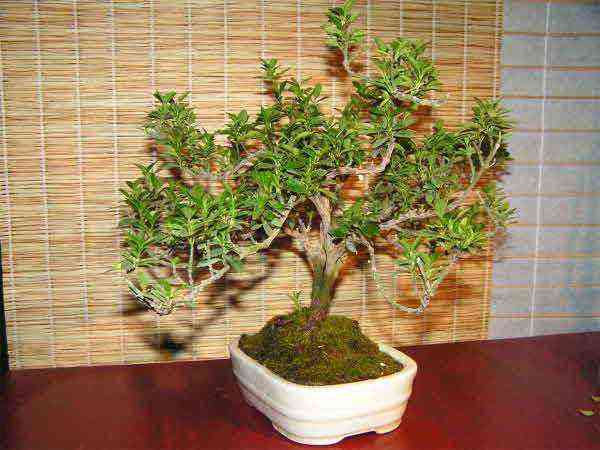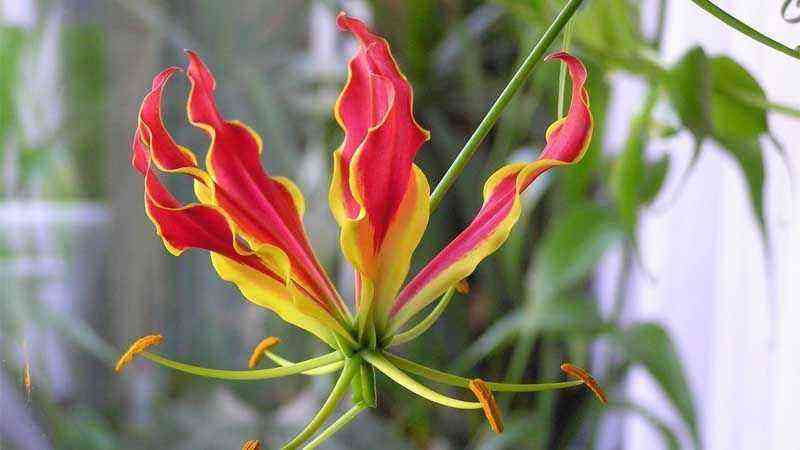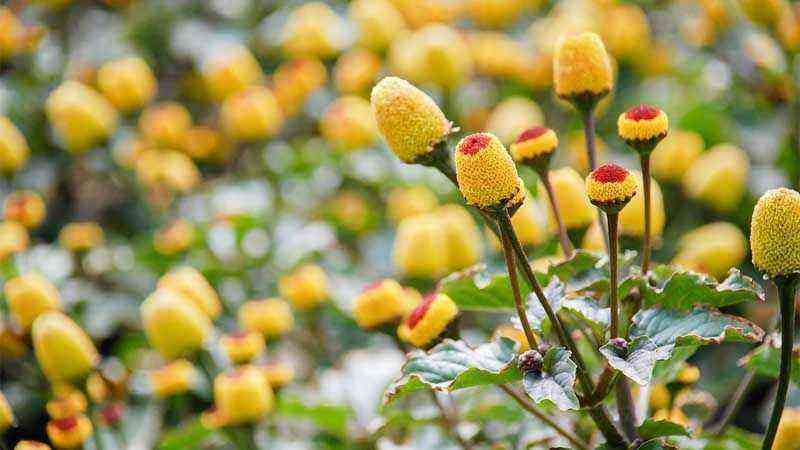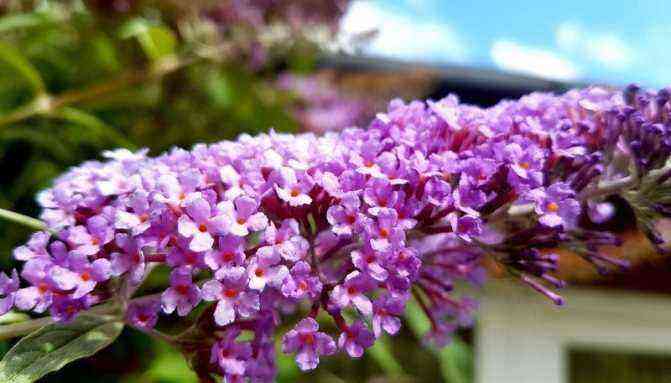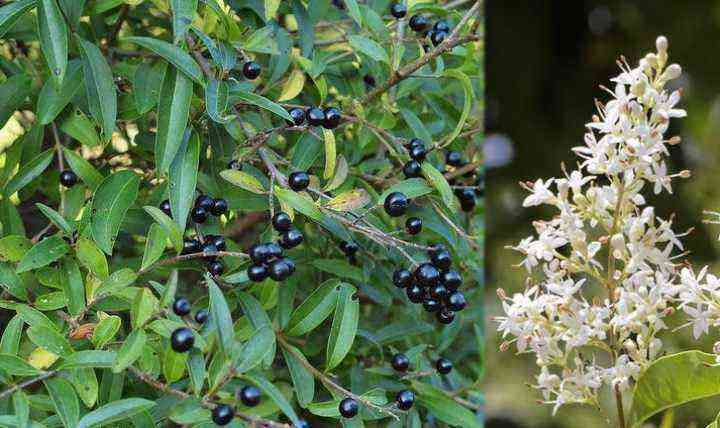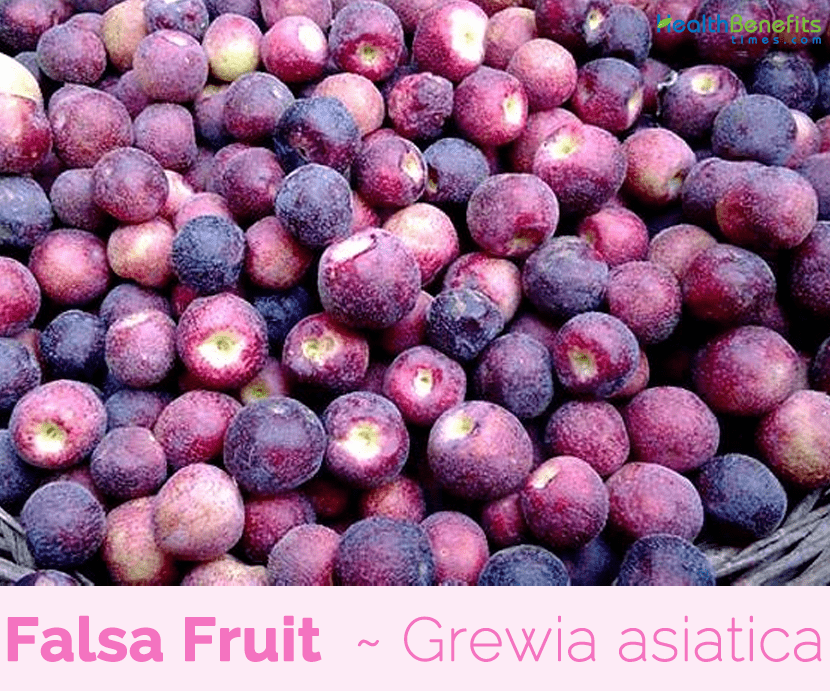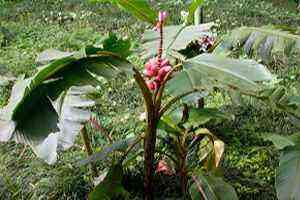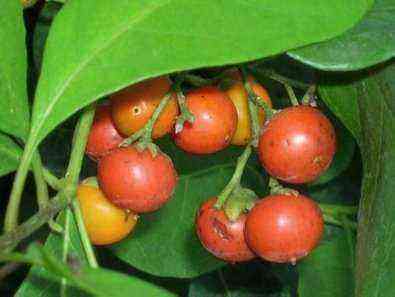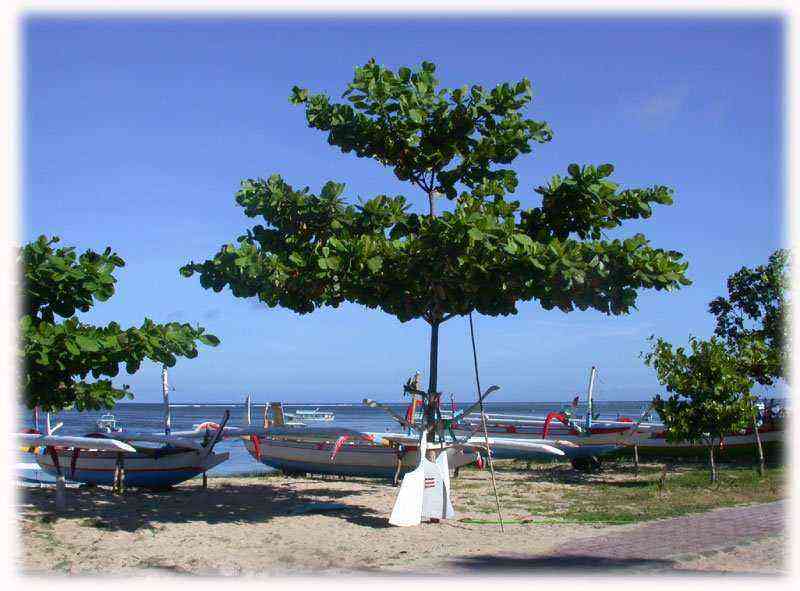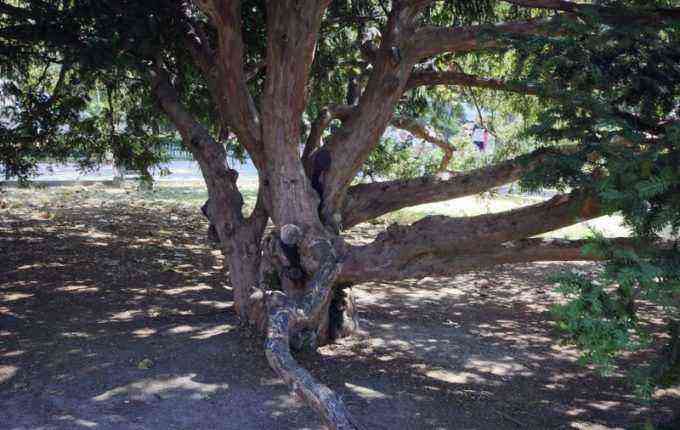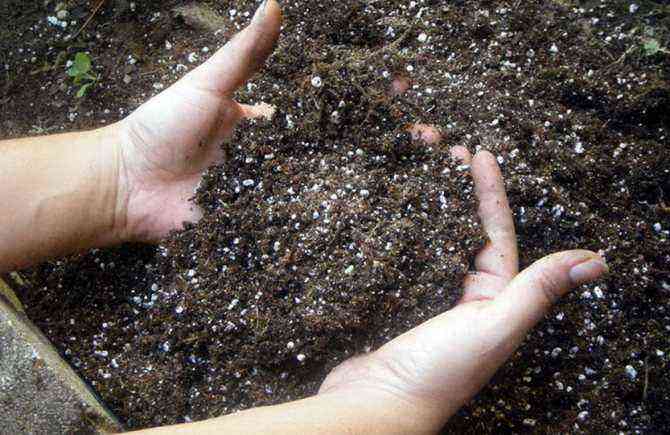The world of botany is home to plants and trees that have very particular common names. This is the case of the tree that takes center stage in this article, called bottle tree o brachichito.
Specifically, we mention the species with a scientific name Brachychiton populneus, an arboreal species widely used in parks and gardens for alignment, and perfectly compatible with the characteristics of your garden, since it is considered a fairly resistant species to the elements.
The gender Brachychiton has its origin in the union of the words of Greek origin «brachys»(Short) and«Hush»(Tunic). Specifically, it refers to the pods that protect the seeds once the fruiting of the tree occurs.
Currently of this genus there are 31 species with quite similar characteristics, and the species known as brachichito, brachichiton or bottle tree is Brachychiton populneus.
Characteristics of the bottle or brachichito tree (genus Brachychiton)
The origin of the species of the genusBrachychiton He is Australian. Trees accustomed to a wide range of temperatures and difficult weather conditions, although they have adapted perfectly to the Mediterranean climate.
The brachichito is a tall tree, which normally reaches 10 meters in height. Morphologically it has dark green leaves and lanceolate shape.
Its flowering is produce and verano and it stands out ornamentally for this reason, since the entire tree acquires pinkish tones and a bright red, although what we see in color is not the petals (it does not have) but the calyx.
Current uses of brachichito
Currently the main use of the bottle tree is merely ornamental. It is grown without problems even in coastal areas, as a tree line, promenades or avenues. In the past, its seeds were used for food but today it has become disused.

Brachychiton bidwillii flowering
How to cultivate the brachichito or bottle tree
In this section we are going to talk about the main tips for planting Brachychiton populneus and other species of the genus in your garden. Keep in mind that this species is fast growing, so it plans the location well, thinking that in a few years it will reach several meters in height.
Climatology and location
We must locate our bottle tree in a very sunny area, since it is used to growing in full sun. Regarding temperatures, it withstands warm temperatures well and slightly cold, enduring small winter frosts.
The ideal area for its cultivation in Europe is the Mediterranean climate, with mild winters and hot, humid summers.
Soil type
This tree adapts very well to all types of soil and pH textures, although it has preference for alkalis or chalky. We will need a good drainage since it is a species used to receiving few irrigations.
It is important to keep the soil fertile, and the best way to achieve this is to provide organic matter at a rate of 3 or 4 kg / tree, around the trunk, replenishing every year or every 2 years.
When we do the transplant for the first time, the ideal is to mix said compost with the earth in the planting hole, favoring the development of the first roots and facilitating their installation.
How to water the bottle tree
It supports drought situations, although we must provide water especially in the hottest spring and summer months, coinciding with the flowering season.
The easiest way to water it is by placing 1 dropper per tree with a dosage of 4 L / h, although you can do manual watering without problems.
An appropriate way to dose the irrigation water for the brachichito would be the following, adapting it to the climatic and soil conditions of your area.
- Watering in spring and summer: 2 to 3 irrigations per week, providing between 3 and 4 liters per irrigation.
- Watering in autumn and winter: 1 to 2 irrigations per week of 30 minutes, providing between 2 and 3 liters per irrigation.
If you live in an area with rains, it is not necessary to water in winter.
Brachichito subscriber
The bottle tree no need to pay if you more or less preserve a fertile soil with the continuous contribution of organic matter. If you see that it needs a stimulus to facilitate budding and flowering, for this type of species the most recommended is to provide granulated solid compost.
We recommend an NPK fertilizer high in nitrogen and with secondary macronutrients (calcium or magnesium) and some micronutrients. We will apply 1 kg per tree, around the trunk, 2 to 4 times a year, distributed in the spring and summer months.
Multiplication
The easiest way to multiply the brachichito is through seeds. Once flowering occurs, small fruits appear wrapped in a pod. The process consists of waiting for it to dry completely (once they are ripe), detaching the seeds easily.
We will plant the seeds in a pot, waiting for germination with warm temperatures and a substrate moistened with coconut fiber and peat. Once the plant reaches 20 cm in height, we can carry out the direct transplant in the garden, the beginning of autumn or spring being ideal.
In general, germination rate It is very good and it is not necessary to carry out any previous process such as scarification.
Pruning
The bottle tree is not usually pruned because it develops vertical growth. However, feel free to cut branches that cross, are damaged or affected by the wind.
Plagues and diseases
This tree is considered quite hardy and not very attractive to pests and diseases. In any case, it can be attacked by sucking insects such as aphid (located on new shoots), Mites (especially in summer) or mealybugs (located on the stems).
Small trees can be applied foliar treatments every 5 days until the plague is eliminated with potassium soap at 5 ml per liter of water.
